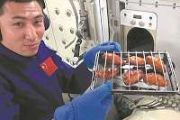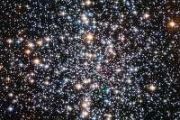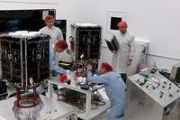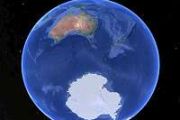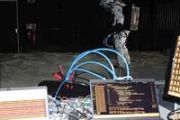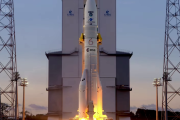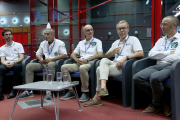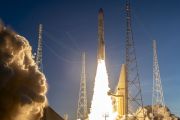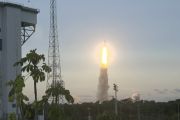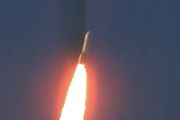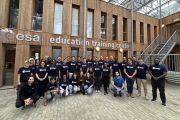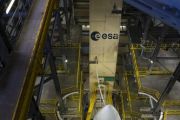
Copernical Team
BepiColombo’s first views of Mercury
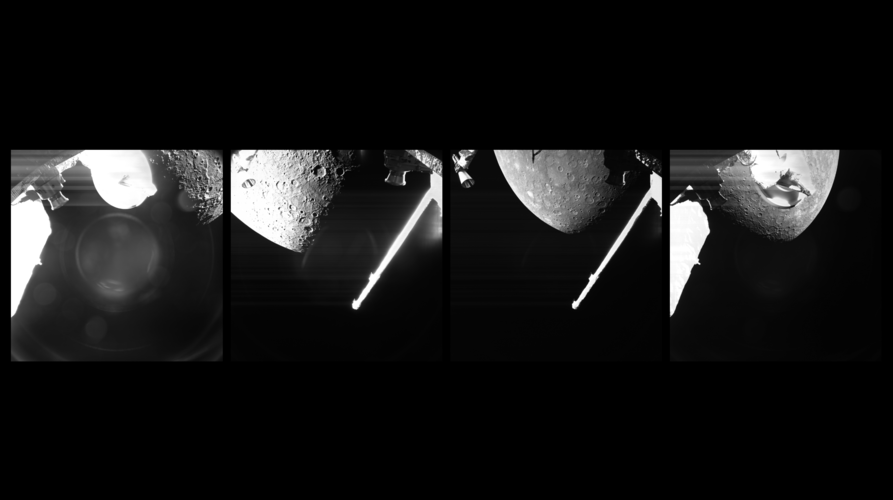
The ESA/JAXA BepiColombo mission has captured its first views of its destination planet Mercury as it swooped past in a close gravity assist flyby last night.
'Mini psyches' give insights into mysterious metal-rich near-Earth asteroids
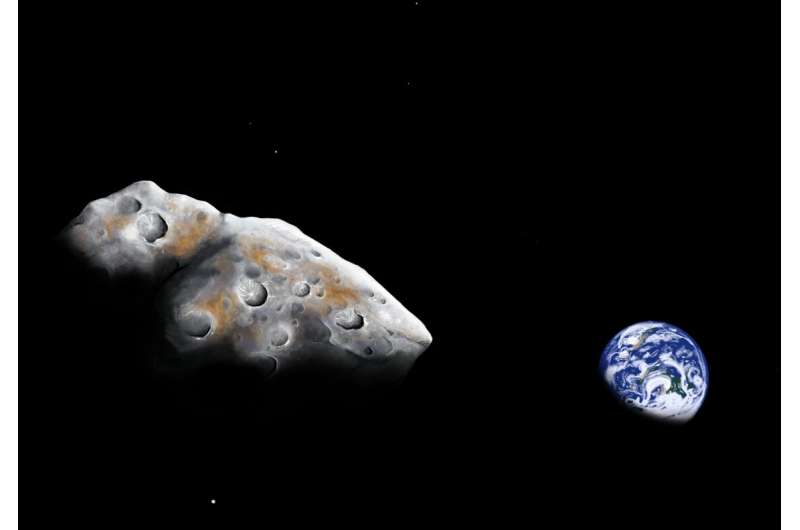
Metal-rich near-Earth asteroids, or NEAs, are rare, but their presence provides the intriguing possibility that iron, nickel and cobalt could someday be mined for use on Earth or in Space.
New research, published in the Planetary Science Journal, investigated two metal-rich asteroids in our own cosmic backyard to learn more about their origins, compositions and relationships with meteorites found on Earth.
These metal-rich NEAs were thought to be created when the cores of developing planets were catastrophically destroyed early in the solar system's history, but little more is known about them.
Space archaeology study: Life & culture on the International Space Station
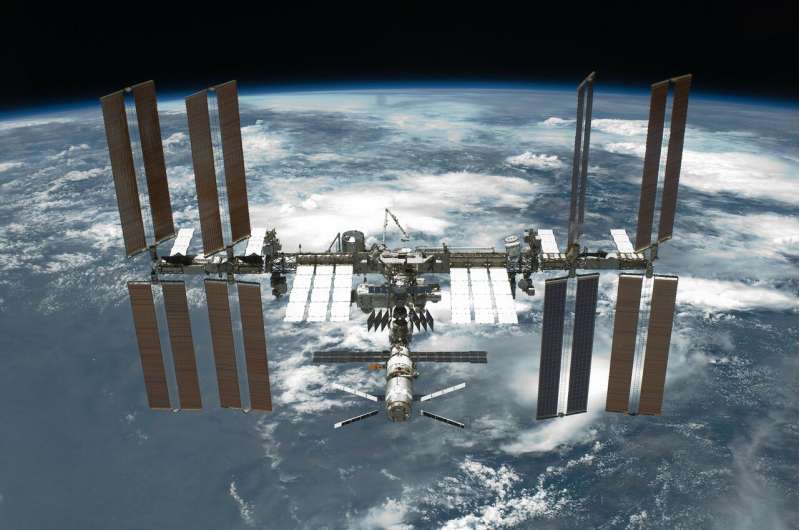
In an out of this world study, space archaeologists are reconstructing life on the International Space Station (ISS) over the past two decades, to better understand space culture and get an inside look at how astronauts interact with their tools and colleagues when above Earth.
The ability to understand the 'microsociety' of crews onboard the ISS will offer a window into how life in space functions, as humans consider interplanetary exploration. So how is this gravity defying research made possible?
Internationally recognized space archaeologist, Associate Professor Alice Gorman at Flinders University, says ISS researchers won't be able to travel to the space station themselves, instead opting to use millions of photographs taken onboard over nearly two decades, to document developments and changes within the station's lifestyle and cultural makeup.
"Fortunately for us, the first occupation of the ISS coincided with the emergence of digital photography," says Associate Professor Gorman.
"The images include metadata recording the time and date, which become an excavation, linking the contents of images to moments in time. Given that the crew takes approximately 400 photographs per day, images depicting the station interior now number in the millions.
Trading space: ESA bolsters European business
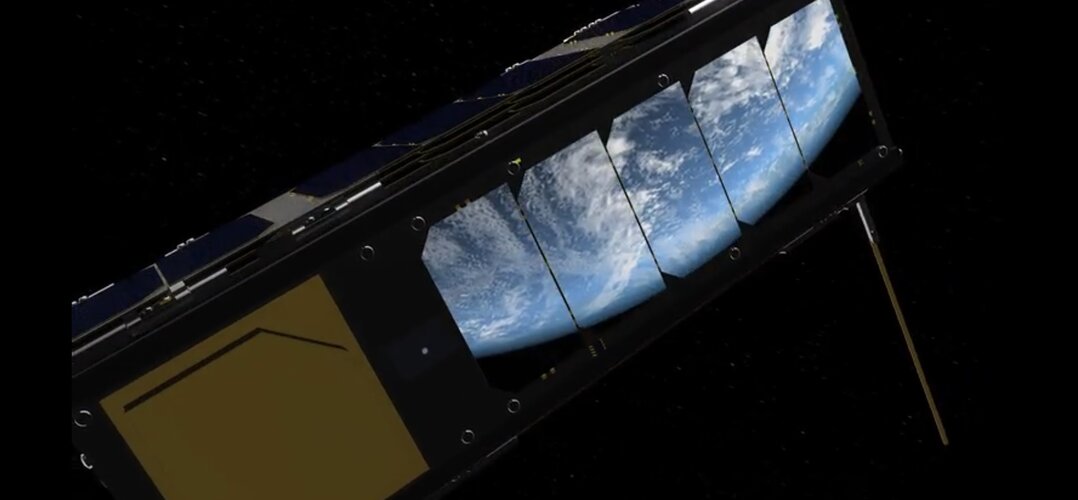
Yesterday, ESA’s orbiting laboratory, OPS-SAT, hosted the first-ever stock trade in space. The successful experiment required developers at Europe’s leading online broker flatexDEGIRO to think far outside of the box and adapt their software to the technical demands and constrained bandwidth found on an orbiting platform at 500 km altitude.
La Palma lava flows into the sea
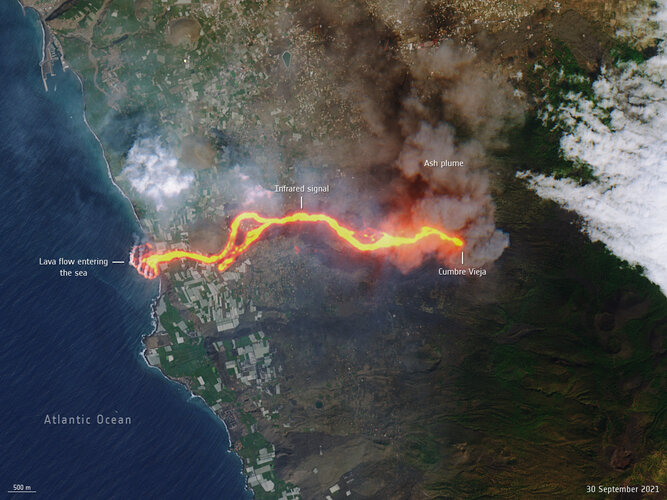 Image:
This image, captured by Copernicus Sentinel-2 on 30 September, shows the flow of lava from the volcano erupting on the Spanish island of La Palma.
Image:
This image, captured by Copernicus Sentinel-2 on 30 September, shows the flow of lava from the volcano erupting on the Spanish island of La Palma. Navigating a very close approach
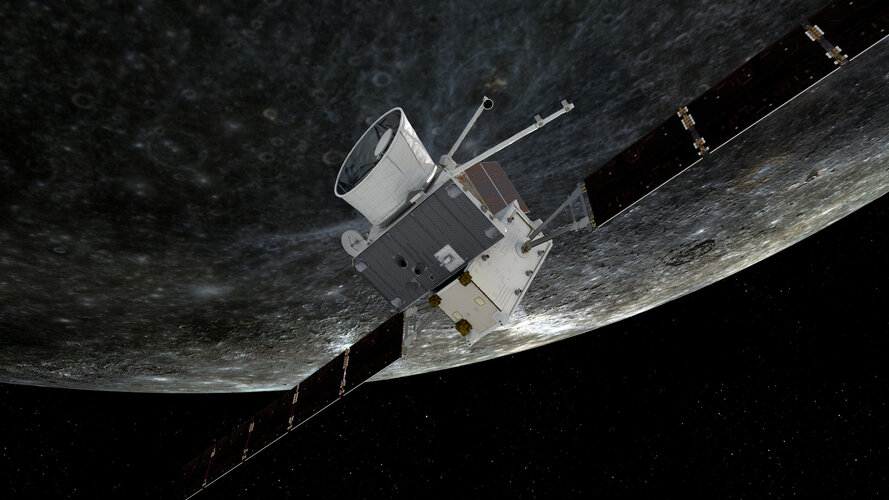
Tonight, BepiColombo will perform the first of six Mercury flybys, each honing the spacecrafts’ trajectory with the ultimate goal of shedding enough energy – after its two years ‘falling’ towards the Sun – to be caught by the innermost planet’s gravity and remain in Mercurial orbit.
Week in images: 27 September - 1 October 2021
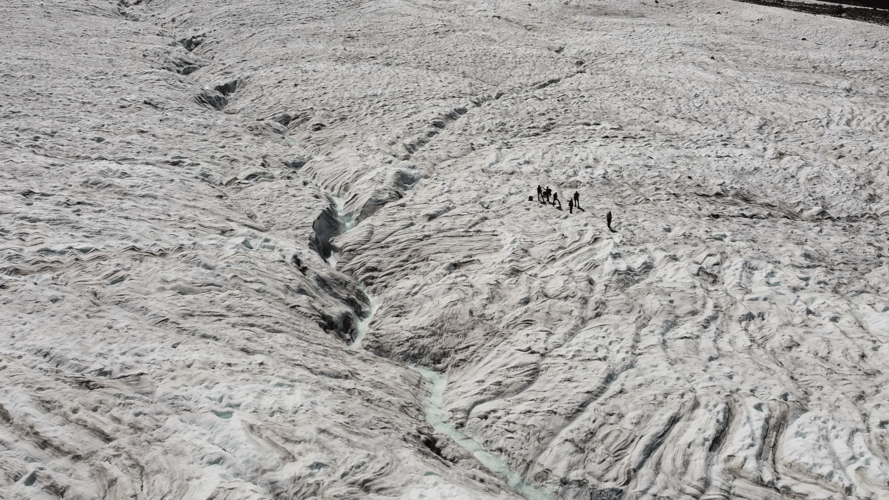
Week in images: 27 September - 1 October 2021
Discover our week through the lens
Lorentz test chamber at Sunday's Open Day
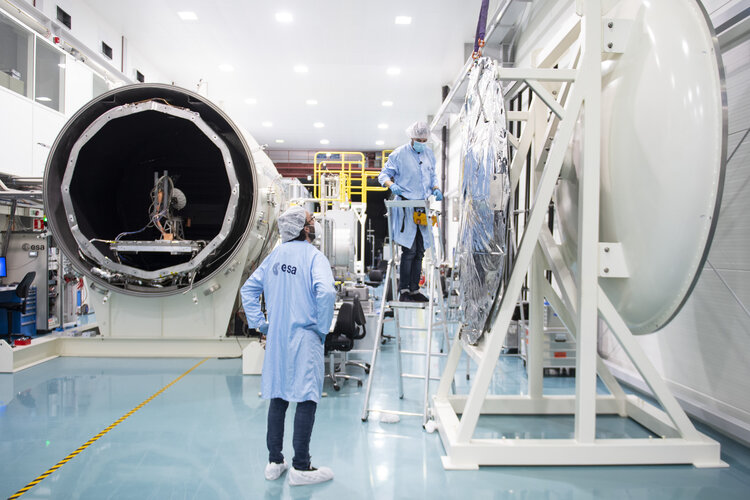 Image:
Lorentz test chamber at Sunday's Open Day
Image:
Lorentz test chamber at Sunday's Open Day Trading spaces: ESA bolsters European business

Yesterday, ESA’s orbiting laboratory, OPS-SAT, hosted the first-ever stock trade in space. The successful experiment required developers at Europe’s leading online broker flatexDEGIRO to think far outside of the box and adapt their software to the technical demands and constrained bandwidth found on an orbiting platform at 500 km altitude.
Open Day online programme

Here is the programme for our virtual ESA Open Day 2021 on Sunday 3 October. Click on the link sent to your email to enter the Live Lobby where your introduction to the Open Day will take place from 1300 CEST. From there, you can choose which talks or events to attend across the various ‘rooms’ listed below. All times listed below are in CEST. (To attend the virtual Open Day you have to register - registrations close at 1200 CEST on Saturday).









